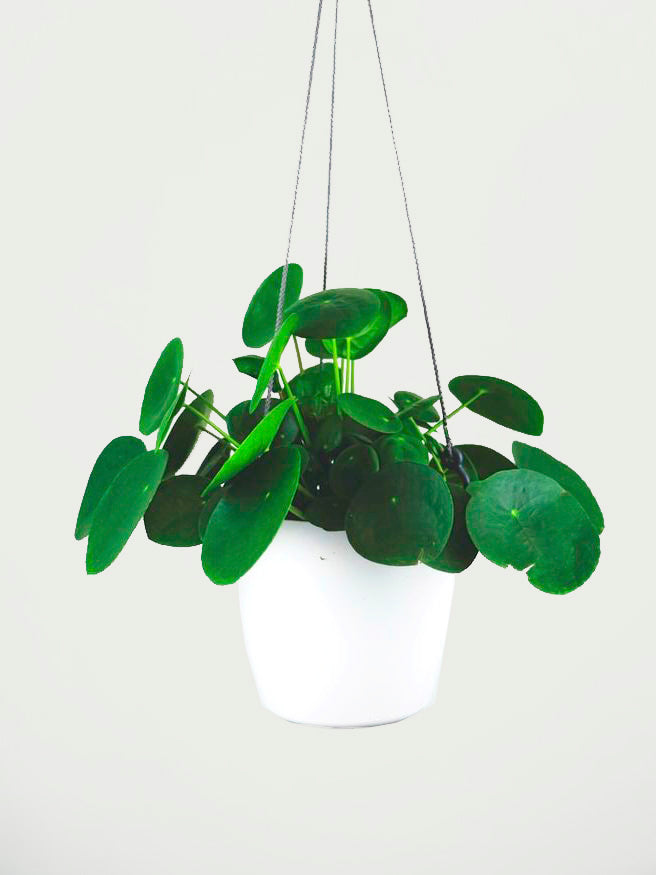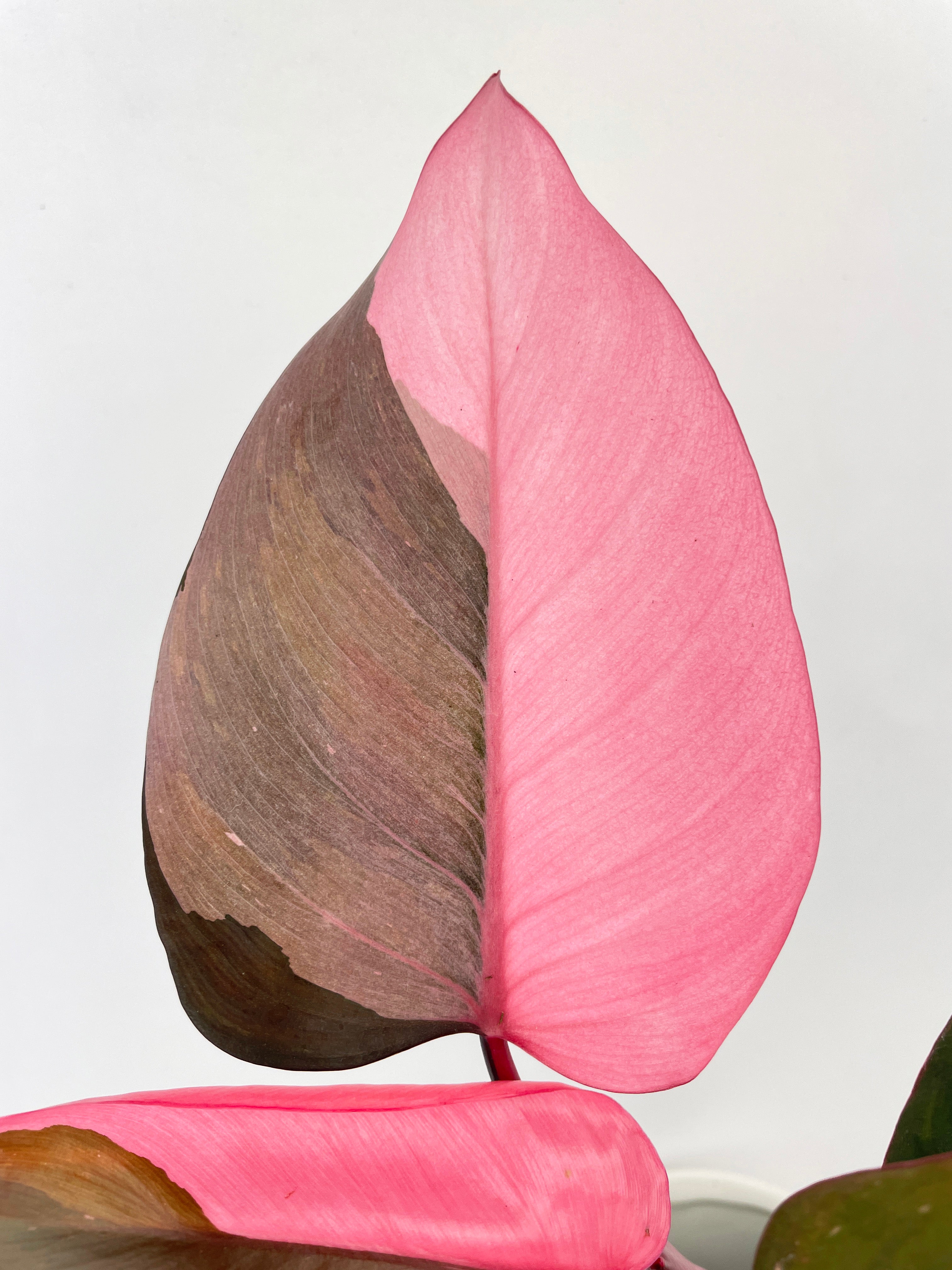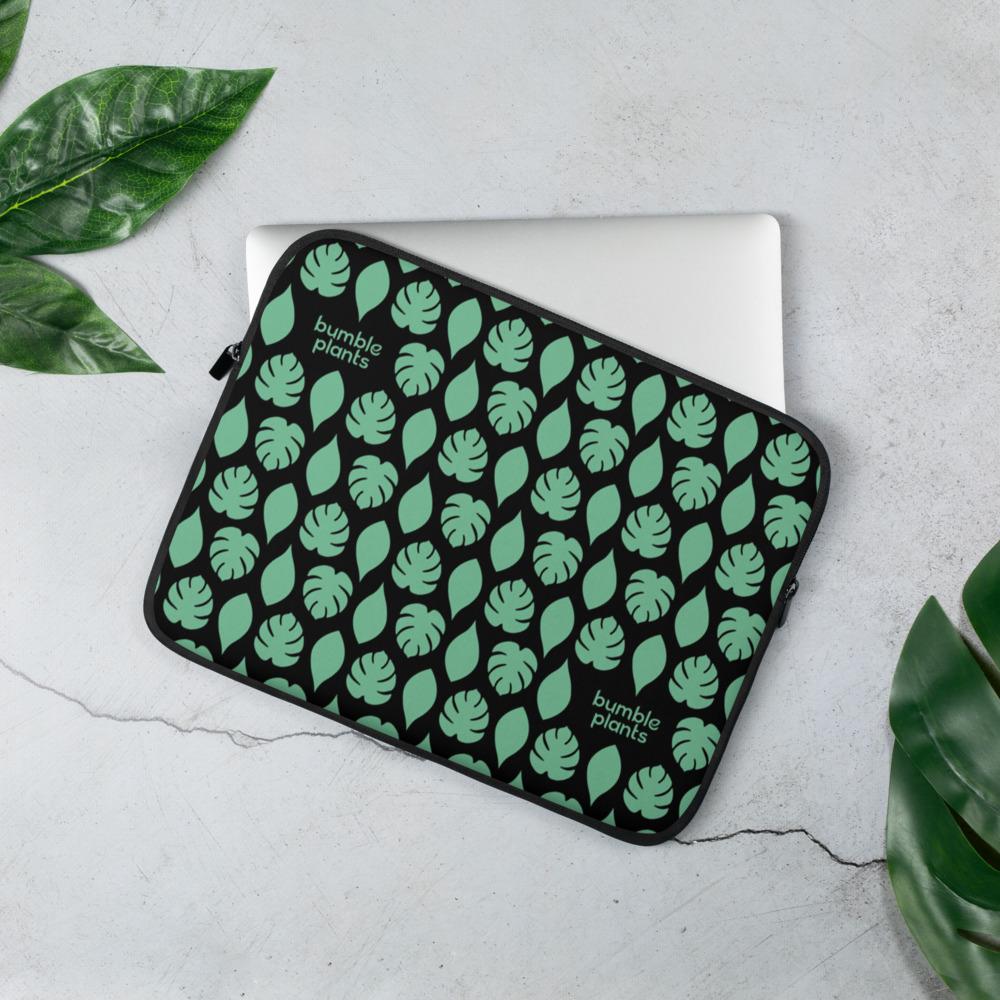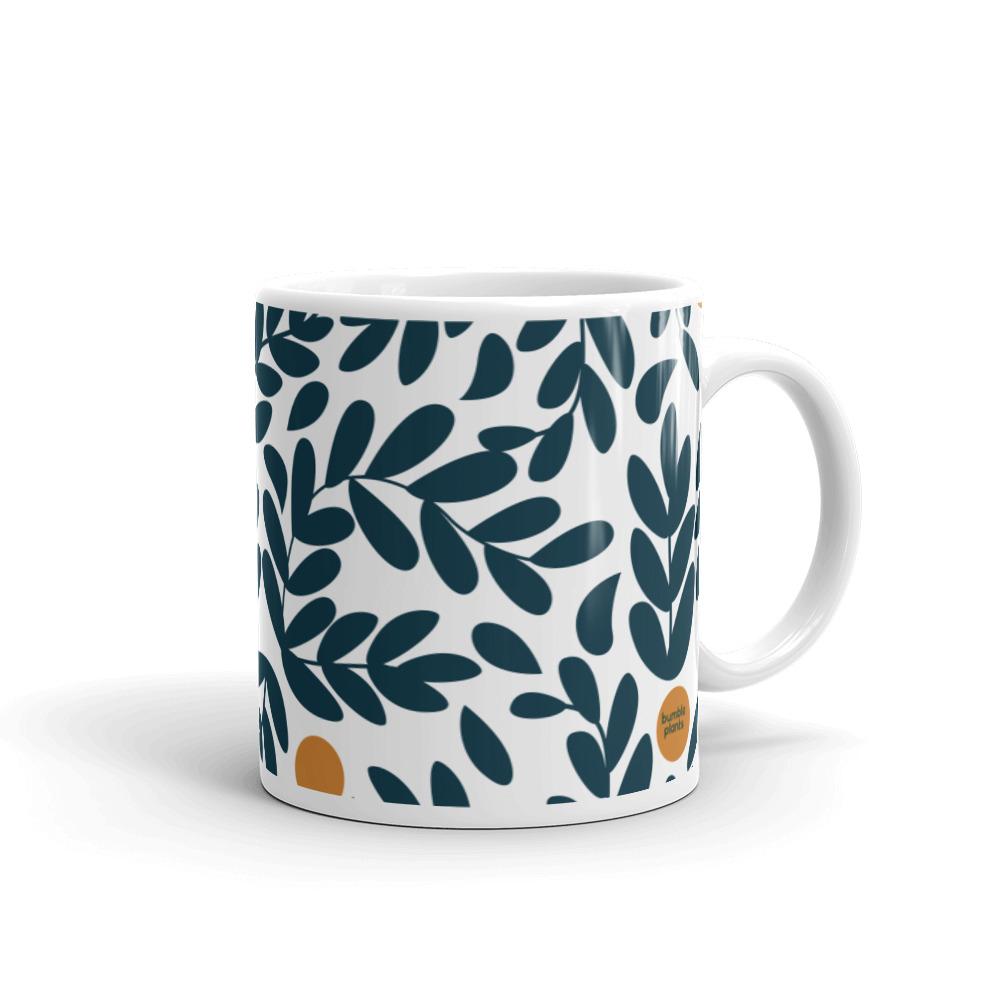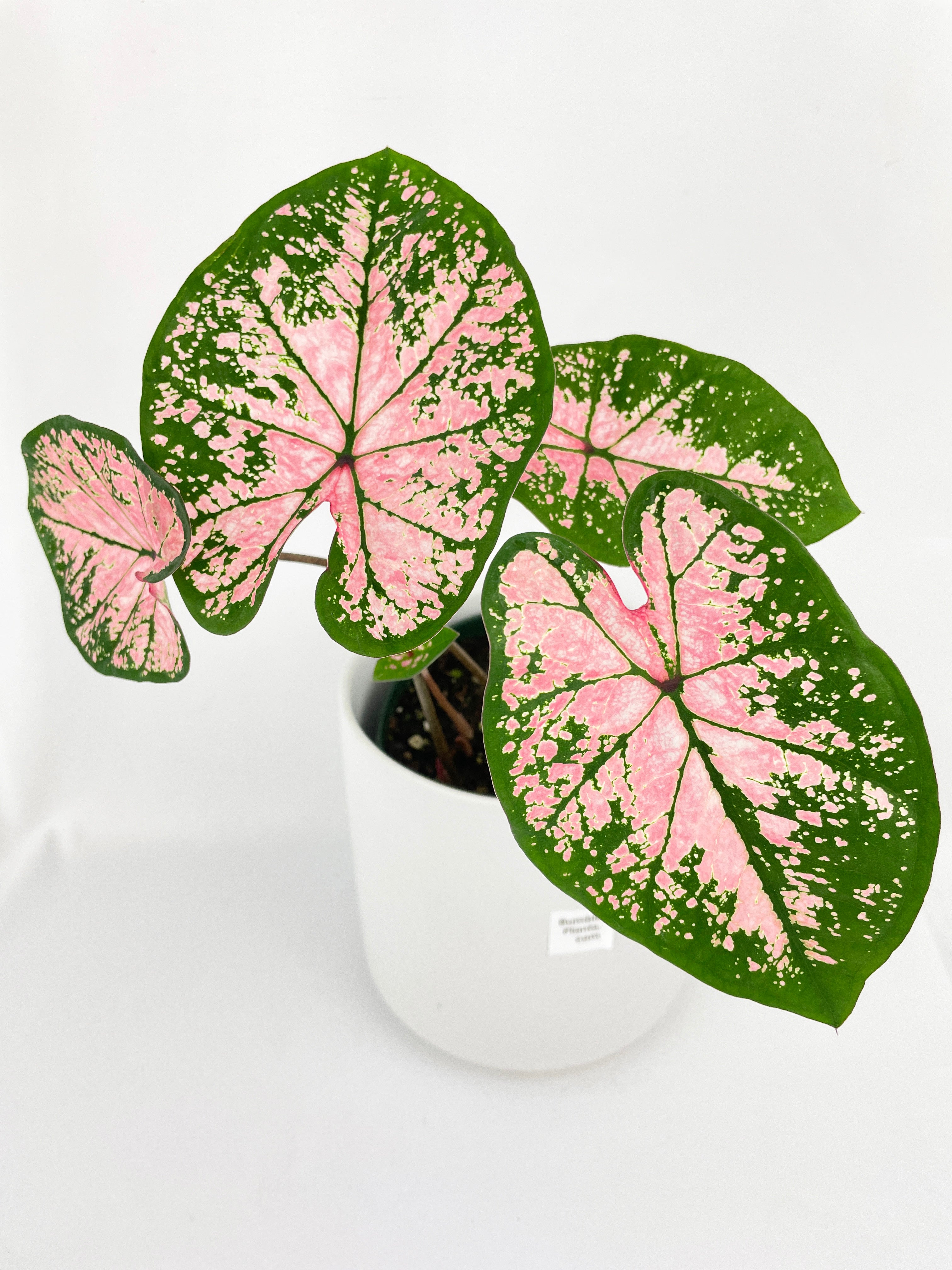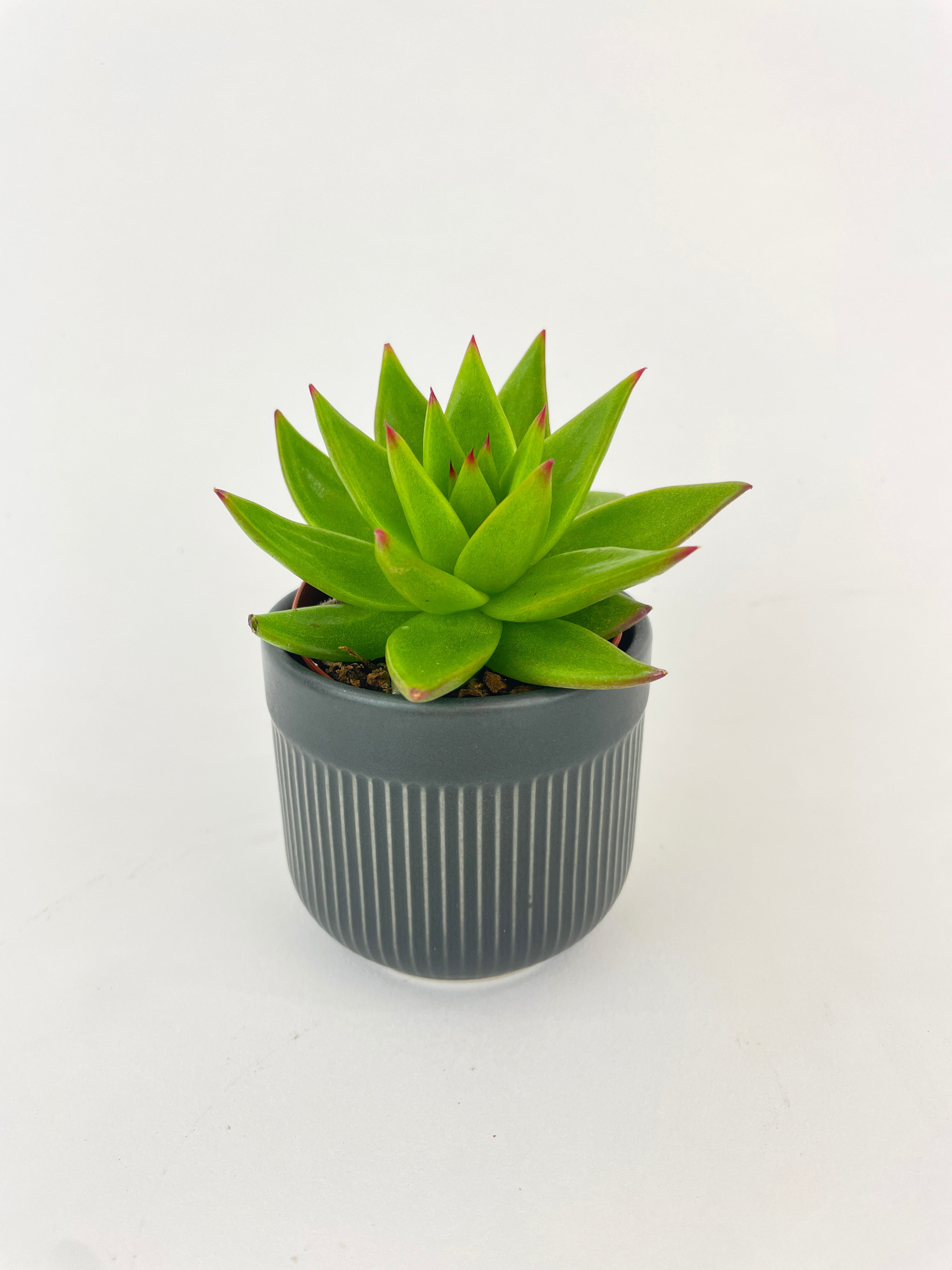How to Propagate Pink Variegated Plants Successfully
As a plant enthusiast, I have always been captivated by the beauty of pink variegated plants. These stunning specimens add a pop of color and a touch of elegance to any indoor or outdoor space.
However, finding pink variegated plants can sometimes be a challenge. The best part? Propagating these plants is easy and fun! You can grow more for yourself and share the prettiness with friends and family.
Pink variegated plants are beautiful, but how do you grow more? This guide will help you succeed! First, we'll learn what makes these plants special.
Then, we'll pick the perfect way to grow new ones from your existing plant. Finally, you'll learn how to care for your brand new pink babies!
Understanding the Characteristics
Before diving into the propagation process, it is essential to understand the characteristics of pink variegated plants. What makes these plants so special? Their amazing colors! They come in all sorts of patterns, from tiny pink dots to big bursts of color.
Pink variegated plants can belong to various species, including rubber plants, jade plants, and many others. Not all plants are the same! Before you start growing new ones, learn what your specific plant needs to thrive. This will help your baby plants grow strong.
The Different Types of Pink Variegated Plants
requirements. Let's explore some of the most popular types of pink variegated plants:
Pink Variegated Rubber Plant: Look no further than the Pink Variegated Rubber Plant (Ficus elastica). This beauty is a houseplant superstar, known for its shiny leaves with eye-catching splashes of pink. This plant requires bright, indirect light and moderate humidity to thrive.
Variegated Jade Plant Pink: Spruce up your succulent collection with the charming Variegated Jade Plant (Crassula ovata)! This adorable succulent (plant that stores water in its leaves) has cute pink markings on its chubby green leaves. It'll add a fun and playful touch to your home! It prefers bright light and well-draining soil.
Variegated Rubber Plant Pink: Another popular pink variegated plant is the variegated rubber plant (Peperomia obtusifolia). This plant has heart-shaped leaves with beautiful pink variegation. It thrives in medium to bright indirect light and prefers slightly moist soil.
These are just a few examples of pink variegated plants, but there are many more species to explore and propagate.
Propagation Methods
When it comes to propagating pink variegated plants, there are several methods you can choose from. The most common propagation techniques include:
Stem Cuttings: This is the most popular method for propagating pink variegated plants. To grow new pink variegated plants, you can take a cutting from a healthy stem that already has pink on it. Then, you can either root it in water or plant it in a special soil mix that drains well.
Leaf Cuttings: Leaf cuttings are another effective way to propagate pink variegated plants. To grow a new pink plant, pick a healthy leaf with some pink on it. Then, put it in something that helps roots grow (rooting medium) until it sprouts little roots and baby leaves!
Want more pink plants but not sure how? Dividing is an option for some, like the Pink Rubber Plant! You can carefully separate the main plant into smaller ones, each with its own pink pizzazz. This method involves separating the plant into smaller sections, each with its own roots, and potting them individually.
Choosing the right propagation technique depends on the specific plant species and your personal preference.
Step-by-Step Guide to Propagate
Ready to grow more of those stunning pink beauties? Now that you know all about these special plants and the different ways to multiply them, let's jump into a super easy guide to get you started:
Sharp scissors to snip your plant. Something to root your cuttings in (water or special planting mix). Tiny pots for your new plant babies. A spray bottle for spritzing them with water.
Select a healthy stem or leaf: Look for a stem or leaf with vibrant pink variegation and no signs of disease or pests. Make a clean cut just below a node (the point where leaves or branches emerge).
Prepare the cutting: Remove any leaves from the lower portion of the stem or leaf cutting, leaving only a few at the top. This reduces moisture loss and allows the cutting to focus its energy on root development.
Root the cutting: Depending on the chosen propagation method, place the cutting in water or a suitable rooting medium. If using water, change it every few days to prevent the growth of bacteria. If using a rooting medium, ensure it is moist but not waterlogged.
Provide the ideal conditions: Pink variegated plants typically prefer bright, indirect light and slightly elevated humidity. Place the cuttings in a location that receives adequate light but avoids direct sunlight. Mist the cuttings regularly to maintain humidity levels.
Wait for root development: Be patient and allow the cuttings to develop roots before transplanting them into individual pots. This process can take several weeks to a few months, depending on the plant species and environmental conditions.
Transplant the rooted cuttings: Once those roots are nice and strong, gently put your cuttings in small pots with fresh potting mix. Ensure the pots have drainage holes to prevent waterlogging.
Common Challenges and Troubleshooting Tips for Propagating Plants
While propagating pink variegated plants can be a rewarding experience, it is not without its challenges. Here are some common issues you may encounter during the propagation process, along with troubleshooting tips:
Root rot: Overwatering or using a poorly draining rooting medium can lead to root rot. To prevent this, ensure the rooting medium is well-draining and allow it to dry out slightly between waterings.
Lack of root development: If your cuttings are not developing roots, check the environmental conditions. Ensure they are receiving adequate light, maintain the right humidity levels, and be patient. Some plants take longer to root than others.
Mold or fungus growth: Excessive moisture can lead to mold or fungus growth on the cuttings. Increase ventilation, reduce misting frequency, and ensure the cuttings are not overcrowded.
Caring for Newly Propagated Plants
Now that your little guys are all settled in their own pots, here's how to keep them happy and growing strong. Here are some essential care tips for newly propagated plants:
Light: Pink variegated plants generally prefer bright, indirect light. Place them near a window with filtered sunlight or provide artificial grow lights if natural light is limited.
Watering: Water your newly propagated plants thoroughly but allow the top inch of soil to dry out before watering again. Overwatering can lead to root rot, so it's essential to strike a balance.
Humidity: Some pink variegated plants appreciate slightly elevated humidity levels. You can increase humidity by placing a tray filled with water near the plants or using a humidifier.
Fertilization: Feed your plants with a balanced, water-soluble fertilizer diluted to half the recommended strength during the growing season. Avoid overfertilization, as it can burn the delicate roots.
Conclusion
Ever wanted more of those gorgeous pink plants in your life? Bumble Plants can help! Propagating pink beauties is a fun way to grow your collection and share the love with friends.
First, learn a little about these special plants. Then pick the perfect way to make new ones from your existing plant (stem cuttings, leaf cuttings, or even dividing some!). Finally, give your new pink babies the care they love.
Propagating is easy and rewarding, and you'll get to enjoy those vibrant pink colors for years to come. So grab your tools and get ready for a pink plant adventure! Happy propagating from Bumble Plants!

